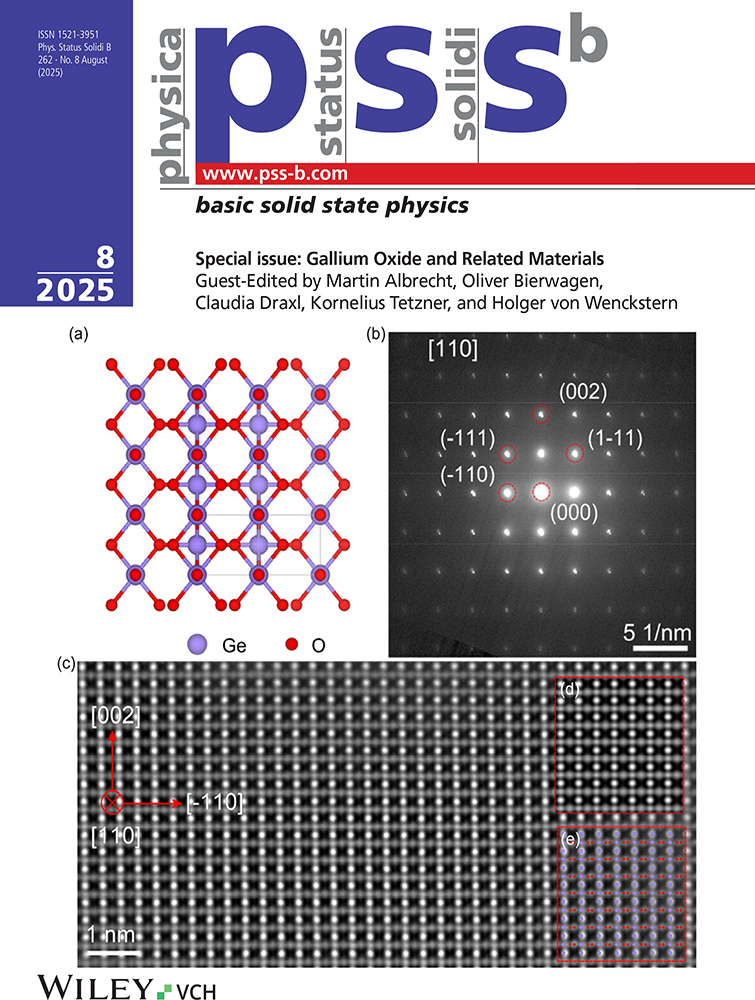On the optical absorption and the magnetic circular dichroism of the transparent ferromagnet K2CuF4
Abstract
enThe optical and infrared absorption as well as the magnetic circular dichroism (mcd) of the transparent ferromagnet K2CuF4 were measured in the paramagnetic and ferromagnetic regions. The absorption bands at 7900, 9500, and at 12300 cm−1 were assigned to the crystal field transitions 2A1g → 2B1g, 2Eg, 2B2g of the Cu2+ ions in the tetragonally distorted octahedral symmetry. A pronounced vibrational structure, with a zero-phonon line at 8775 cm−1, was identified on the low energy side of the 9500 cm−1 band and compared with the infrared absorption bands between 600 and 1100 cm−1. The first moment change of the MCD band corresponding to the absorption around 9500 cm−1 was explained by the non zero orbital angular momentum in the 2Eg state. The mcd results obtained near the ferromagnetic Curie temperature wer compared with the magnetic properties of the crystal.
Abstract
deSowohl die optische und Infrarot-Absorption als auch der magnetische Zirkulardichroismus (MCD) des transparenten Ferromagneten K2CuF4 wurden im paramagnetischen und ferromagnetischen Bereich untersucht. Absorptionsbanden bei 7900, 9500 und bei 12300 cm−1 werden den Kristallfeldübergängen 2A1g → 2B1g, 2Eg, 2B2g der Cu2+-Ionen in tetragonal verzerrter Oktaedersymmetrie zugeordnet. Eine ausgeprägte Phononenstruktur mit einer Null-Phononenlinie bei 8775 cm−1 wurde an der niederenergetischen Flanke der 9500 cm−1-Bande identifiziert und mit den Infrarot-Absorptionsbanden zwischen 600 und 1100 cm−1 verglichen. Die Änderung des ersten Moments der MCD-Bande, entsprechend der Absorptionsbande bei etwa 9500 cm−1, wird durch den von null verschiedenen Drehimpuls des 2Eg-Zustands erklärt. Die in der Nähe der ferromagnetischen Curie-Temperatur erhaltenen MCD-Ergebnisse werden mit den magnetischen Eigenschaften des Kristalls verglichen.




